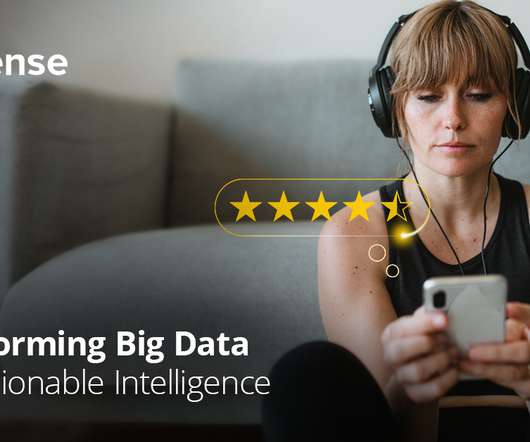8 data strategy mistakes to avoid
CIO Business Intelligence
JANUARY 24, 2024
“Similar to disaster recovery, business continuity, and information security, data strategy needs to be well thought out and defined to inform the rest, while providing a foundation from which to build a strong business.” Overlooking these data resources is a big mistake. It will not be something they can ignore.














Let's personalize your content